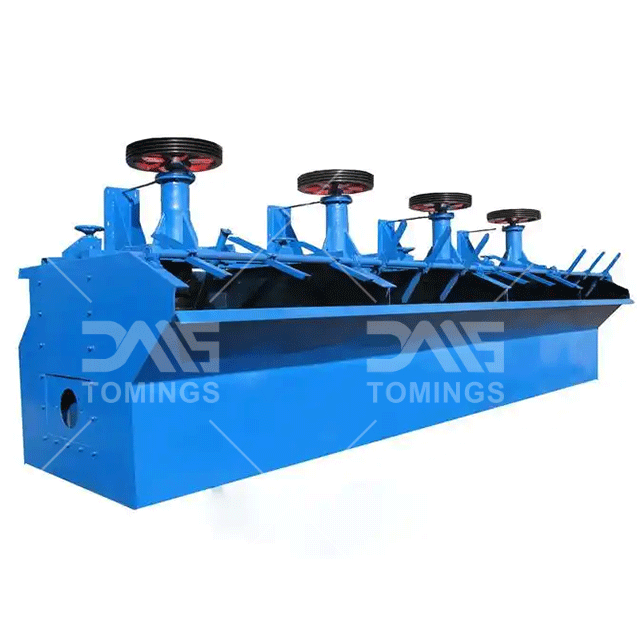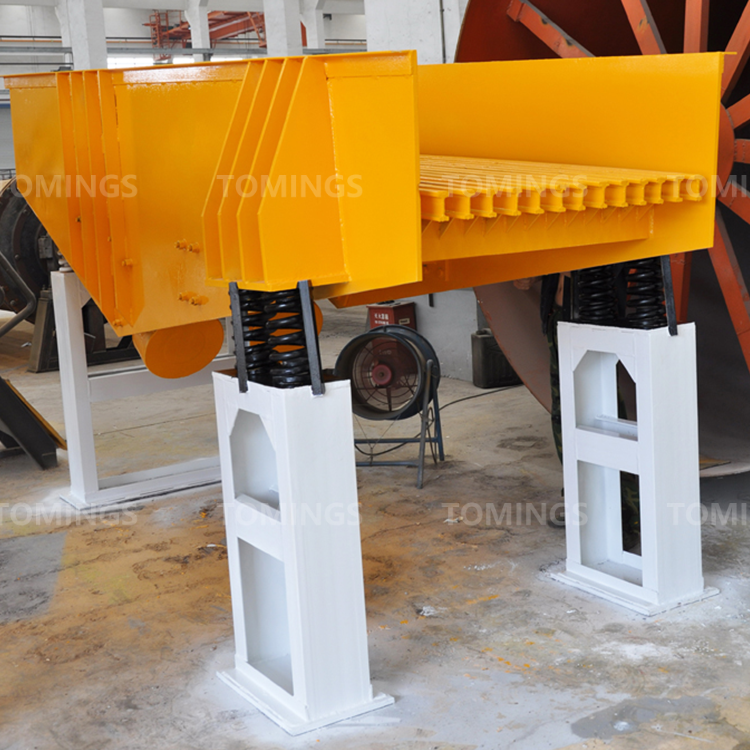Development and Application of Flotation Equipment Over the past 100 years, flotation technology has been greatly developed, and the flotation machine has gradually become diversified, serialized, large-scale and automated. The application field has been continuously expanded, basically meeting the application needs of non-ferrous metals, ferrous metals, water treatment, biological separation and other aspects. With the lean, fine and mixed primary mineral resources and the increasingly complex mineral processing technology, the energy consumption and production costs continue to rise, requiring the development of flotation equipment to strengthen research in the following aspects.

1) Continue to scale up. Although great progress has been made in the scale up of flotation equipment in recent years, the largest flotation machine has a single tank volume of 350 m3, and flotation equipment with a single tank volume greater than 100 m3 has been put into industrial application in recent years. However, with the increasing demand for mineral resources due to economic development and the continuous deterioration of mineral conditions, the difficulty of mineral processing has increased while the scale of mineral processing plants has expanded. Therefore, on the basis of the large-scale achievements of mechanical stirring flotation machines and flotation columns, other types of flotation equipment such as coarse particle flotation machines and flash flotation machines should continue to be scaled up and serialized, so that they can meet the needs of different types of ores and different processing volumes.
2) Targeted. The demand for mineral resources in social development is increasing, while the reserves of mineral resources are limited. At the same time, resource conditions are deteriorating. In order to improve resource utilization, targeted solutions are studied for the floatable properties of different ores, such as coarse particle flotation, high-efficiency and energy-saving flotation, and composite force field fine and micro-fine particle flotation equipment, which are still the research direction of flotation machines in the future.
3) Automation. With the development of microelectronics technology, the automatic control technology of flotation equipment has made great progress. The process control of the slurry level, aeration volume, slurry concentration, reagent addition and foam imaging analysis of the flotation equipment has been automated, but the automation level of the equipment itself needs to be improved, such as bearing temperature, motor temperature, WEB-based remote monitoring system, fault diagnosis system, fault alarm and emergency plan, etc.
4) Diversification of research methods. Apply computer technology to the development and research process of flotation equipment to reduce the development cost and cycle.
 Principle of flotation machine
Principle of flotation machine
 Vibrating feeder
Vibrating feeder
 Development trend of flotation
Development trend of flotation
 Features of drum dryer
Features of drum dryer